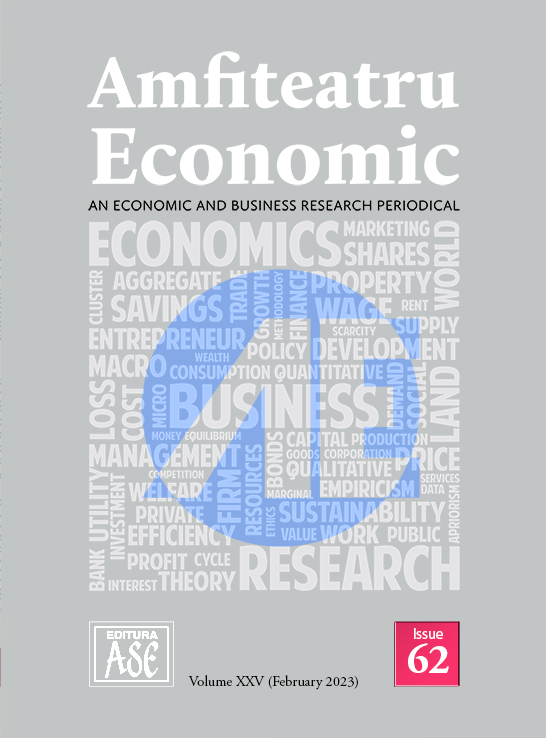Abusive Workplace Behavior: Behavioral and Legal Insights
Abusive Workplace Behavior: Behavioral and Legal Insights
Author(s): Aharon Tziner, Hadara Bar-Mor, Lilach Geva, Haim Levi, Or ShkolerSubject(s): Business Economy / Management, Management and complex organizations, Studies in violence and power, Sociobiology
Published by: EDITURA ASE
Keywords: workplace abuse; bullying; harassment; legal harm; dignity; health; safety;
Summary/Abstract: Workplace abuse is a widespread, worldwide social phenomenon and the topic is highly germane, given the established link between employment quality and mental and physical health and the changes developing in the labor market, including globalization processes, economic recession influenced by the COVID-19 pandemic, rapid technological innovation, and demographic variations that potentially cause fluctuations in the labor market. The primary objectives of this paper were to explore definitions and theoretical frameworks of workplace abuse and also to examine the international legal aspects of such abuse. We employed Tepper’s Abusive Supervision Survey Questionnaire to detect manifestations of abusive behavior toward employees in two large organizations, one public and one private, and one smaller national organization in Israel, while expanding its scope beyond its current use in extant legislation and legal literature. Finally, we aimed to offer practical measures to cultivate an organizational culture that encourages employees to overcome the “trust gap” and speak up without fear of retribution. As this is an exploratory study, no hypotheses are propounded. Analysis of the data indicated that the incidence of abusive workplace behavior in the respondents’ organizations was not high. Women managers exhibited fewer abusive behaviors than men, although the mean differences between men and women were very modest. This might be explained on the basis of the theory of “ethics of care”, where women, in contrast to men, tend to support cooperation and shared decision-making rather than overly strict supervision. We further found that abusive behavior was more prevalent in the private concern than the public organizations. It is possible that regulation in public organizations contributes to the reduction of abuse in the workplace. In addition, we found that workers reported more cases of abuse than managers but that the mean differences between employees and managers were minor. Men reported more cases of abusive behavior than women, but the differences we found were insignificant. Indeed, the differences found in all the comparisons were insignificant and cannot serve to form conclusions indicating a trend. Nevertheless, we advocate that governments raise awareness of the issue and the desired outcomes while enhancing workers’ protection and dignity. To that end, the relevant authorities should employ uniform terminology and promote applicable legislation.
Journal: Amfiteatru Economic
- Issue Year: 25/2023
- Issue No: 62
- Page Range: 235-250
- Page Count: 16
- Language: English

